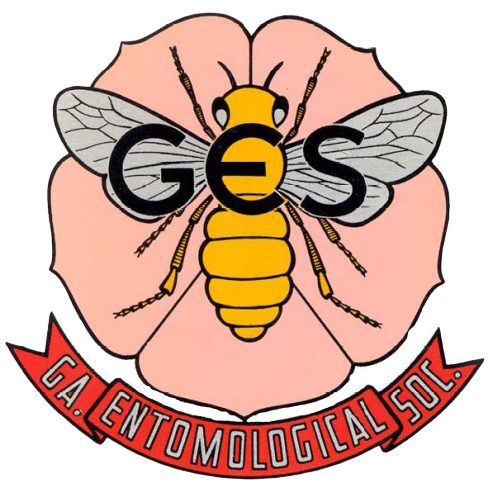Oviposition Response of Tetranychus urticae (Acari: Tetranychidae) to Direct Treatment and Residue of Pyrethroids on Soybean
The oviposition response of the twospotted spider mite (TSSM), Tetranychus urticae Koch, to direct treatment and residues of fenvalerate and permethrin on soybean was examined in the laboratory. Contact with pyrethroid residues (120 ppm) reduced eggs per mite-day for 72 h, then oviposition rates returned to normal. Most eggs (99%) on the control leaflets were oviposited directly on the leaf surface, while 83% and 78% of the eggs in the fenvalerate and permethrin treatments were suspended off the leaf surface onto trichomes, cage walls or in the silk webbing. Oviposition rate on untreated soybean foliage following five days on pyrethroid residues was essentially the same for all TSSM; however, the mites previously exposed to fenvalerate or permethrin residue still oviposited 85% and 37% of their eggs off the untreated leaf surface, respectively. A 120 ppm concentration of fenvalerate directly applied to TSSM resulted in 83% and 100% mortality after 24 h and 48 h and no oviposition. A similar direct exposure to permethrin (120 ppm) resulted in 54% mortality after 48 h, and a 58.5% reduction in eggs per mite-day. Direct exposure to a lower dosage rate (12 ppm) caused little mortality but significantly reduced the number of eggs produced in both fenvalerate and permethrin treatments for 48 h. Oviposition returned to normal after 72 h.
Contributor Notes
2Current address: Red Jacket Orchards, R5 & 21 West, Geneva, NY 14456.
3Current address: University of Georgia, Coastal Plain Experiment Station, P.O. Box 748, Tifton, GA 31793.
